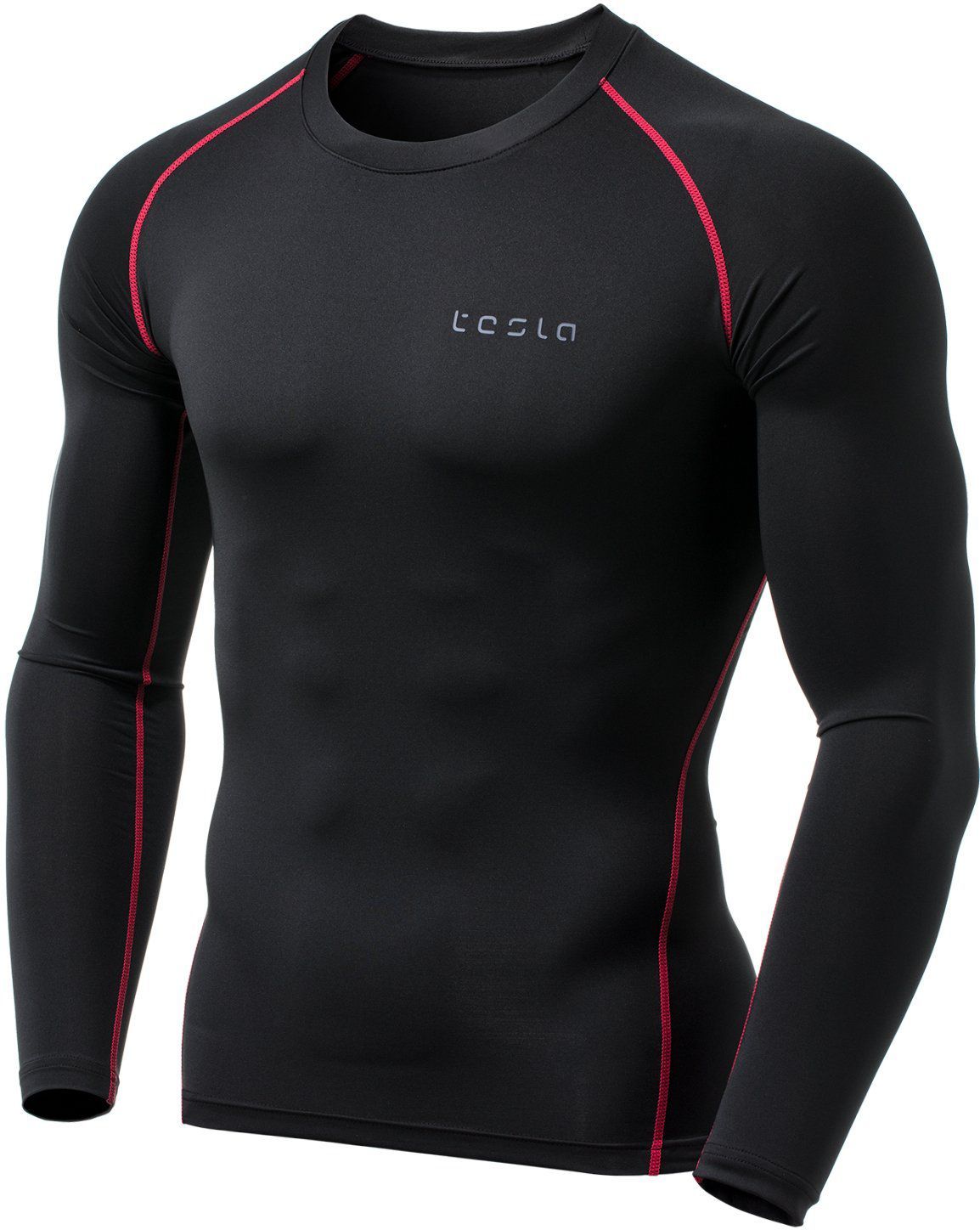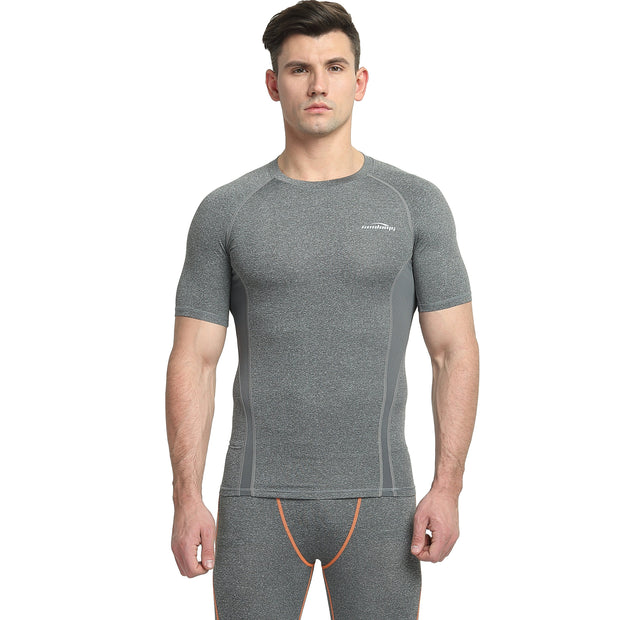
“If you wear them to compete in a race, it’s not going to do anything for you. “That’s my personal belief based on the research I’ve read and conducted,” says Dr Jessica Hill, programme director for applied sport and exercise physiology at St Mary’s University, London. The scientific community has long thought that compression clothing makes little or no difference to athletic performance. However, while the Nike study found compression garments did reduce muscle vibration, this had little impact on performance. It has long been thought that reducing this could improve your ability to run for longer, at higher speeds, and perform better if you have consecutive bursts of high-intensity exercise – for example, a trail-running competition with races over several days. Muscle vibration, particularly during running, causes micro-traumas or ruptures in the muscle, resulting from the force of the impact when your foot hits the ground. One of the key measures of the study was muscle vibration, assessed using high-speed cameras tracking the runners’ legs.
#Compression pants and shirts series#
Putting 20 experienced runners on a treadmill for 30 minutes at 80% of their maximum effort, while completing a series of fatigue tests before and afterwards, they found no difference in the levels of fatigue between those wearing compression garments and those wearing normal shorts. However, a recent study funded by Nike appears to pour cold water on the supposed performance benefits of compression clothing.

Such is the belief of consumers in the value of these products that they are even prepared to tolerate premium prices, with retail margins for compression garments standing at 46%, compared with 43% for regular sportswear items. Some of this revenue comes from the sale of bodyshapers such as Spanx, but a third comes from sales of compression-wear leggings, socks and stockings.

Going by the revenue generated, such slogans clearly do their job, with the entire compression wear and shapewear market predicted to reach a whopping $5.6bn (£4.4bn) by 2022. The sale of compression garments across the webpages of Adidas, Under Armour, Asics and more is almost ubiquitously associated with phrases such as “increase muscle power”, “go further and faster” and “optimise performance”. C an ultra-tight-clothing make you a better athlete? Well yes, if the UK’s biggest sportswear brands are to be believed.


 0 kommentar(er)
0 kommentar(er)
